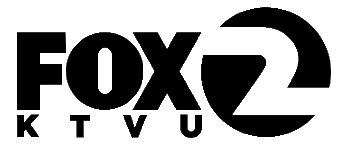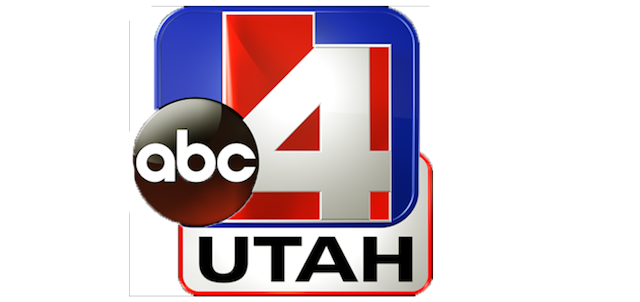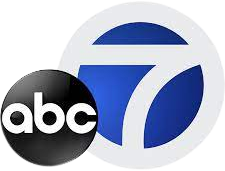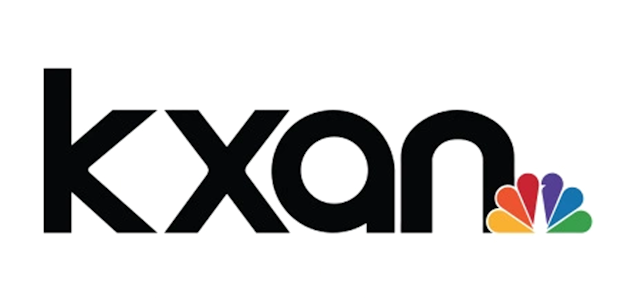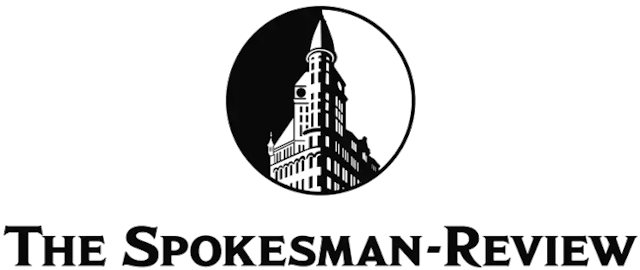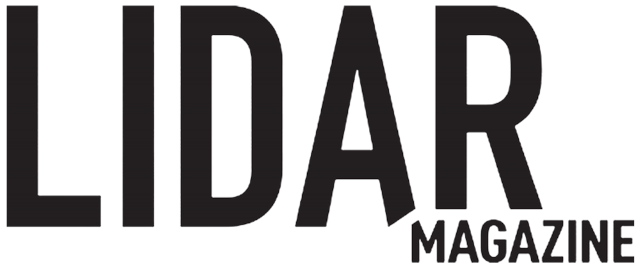
Seek and Illustrate the Truth -
Call Now 1-415-754-7772
What is the 3D Working Model?
Since the scientific method itself was theorized thousands of years ago, scientists of all disciplines have performed controlled experiments to verify and measure scientific phenomena. True scientific tests are performed in controlled environments where the influences of the variables are finely-tuned for precise findings.
Forensic reconstructionists, as physical scientists, are bound by the same rules when verifying their assertions in trial. Until the 21st century, forensic testing was restricted to real-world demonstrations by serious physical, logistical and financial restraints. It wasn’t until the conception and adoption of the “3D Working Model” that the minute but crucial factors of an incident could be effectively controlled, modified, tested and demonstrated virtually in simulated 3D space.
What is the 3D Working Model?///
The 3D Working Model is the concept of using ultra-precise 3D modelling software to reconstruct a physical incident based on real-world conditions. Incidents that can be reconstructed in the 3D Working Model include any physical incident that can be recreated digitally including car crashes, slip-and-falls, shootings, assaults, etc. This process is possible today because modern software enables forensic scientists to control important physical factors such as weight, speed, force, location, etc. In addition, the advent of Forensic 3D Laser Scanning, invented and pioneered by 3D Forensic in 1997, allows a case’s reconstructionist and attorney to accurately capture the exact dimensions of an incident environment and objects, then directly upload this data into a computer for further analysis.
Through the 3D Working Model, the experts at 3D Forensic can develop entire environments with accurate elements as well as 3D models representative of people, vehicles, or other apparatuses, then control every factor of their interaction to mimic a physical incident. This tool enables experts to control the specifics of the events preceding an incident in the digital world which software independently verifies.
Why use the 3D Working Model?///
To prevent downstream liability from serious defects, car manufacturers use expensive, cumbersome and time-consuming car crash tests to verify the safety of their vehicles for passengers. Forensic reconstructionists of the 20th century hoping to verify their theories behind the cause of an accident were restricted to the same method of reconstruction in “real-space” as opposed to utilizing the precision and flexibility of the computer and simulation. However, for many reasons, there are risks to relying on this traditional method for forensic testing
First, these tests become extremely expensive, often with one vehicle test costing manufacturers around $50,000* and crash dummies reaching $1 million**. These tests do help manufacturers foresee mechanical flaws in their design to later avoid billions of dollars in punitive fines and mass casualties, but are not feasible for case-to-case analyses. Additionally, these tests are designed to answer questions related to, “Will the structural design of this vehicle lead to injury?”, whereas forensic reconstructions have many factors to account for and answer, such as “Were human factors at play?”, “Did external factors influence the incident?”, and “Was there braking or speed changes at any point?”
From a legal perspective, verifying intent or negligence for a significantly harmful incident is key to delivering a just verdict. A science-based argument in a personal injury or wrongful death case can verify or disqualify multi-million-dollar verdicts with certainty. For this reason, attorneys must ensure the testing used to build their argument properly accounts for all forensic factors.
The following forensic capabilities of the 3D Working Model ensures legal teams can carry their arguments through trial with full confidence:
#1- Expert Team Corroboration
Take a fatal car-vs-pedestrian accident case; crucial evidence to determining liability for the accident includes driver testimony, witness testimony and crime scene evidence taken by emergency responders. Expert reconstructionists in different specialties including accident reconstructionists and human factors look at this evidence to deliver unique findings in their specific areas of expertise. However, until the adoption of the 3D Working Model, these experts would have to independently analyze evidence and deliver a theory without the benefit of knowing how it interfaces with the team's other theories or how well their theories align with the physical evidence.
When a team is equipped with the 3D Working Model, all experts on one side can use this digital testing ground to fine-tune their analyses to account for human factors, vehicle acceleration and deceleration, and other crucial factors that played an important role in causation. This let's experts see quickly how their result aligns with the known physical evidence and testimony. If the results do not align, then key variables such as speed or Perception-Reaction Time can be modified in the next modified iteration. This process can be repeated until all experts’ findings are in place and shown to align with the physical evidence. This iterative testing ensures that the final analysis will withstand the scrutiny of trial and cross examination.
The 3D Working Model also ensures that reconstructionists are not hampered by the limitations of clumsy real-world testing or safety risks. Iterating variables such as PRT values or approach-speeds in real world testing is all but impossible to do accurately and with precision, but is done simply and powerfully on the computer. Analysis can be repeated until all factors add up to the true forensic sum, ensuring attorneys and experts are all certain of the details heading into trial.
#2- Opposition Verification
When the other side’s expert team disagrees on causation, both sides' arguments are at risk of being lost on a jury. Fortunately, the capabilities of the 3D Working Model enable very efficient scientific verification of an opposing reconstruction to ensure that errors or is called out.
By inputting all the specific factors determined by the team of opposition experts, the 3D Working Model can quickly illustrate where the analyses do not match the physical evidence. These errors can then be clearly and compellingly illustrated for the lay jury using 3D graphics derived directly from the 3D Working Model.
While this capability depends on receiving the opposition’s file through discovery or deposition, expert teams should capitalize on the ability to visually discredit faulty science when they are in a position to do so. For cases tried in state courts of California, experts must share case files three business days ahead of their deposition. This window of time can enable experts to review reconstruction details, plug them into their models, and test to see if the numbers do truly align with evidence or not prior to the deposition itself. For federal cases or cases without a three-day turnover period, attorneys can strategize with their team on plugging the opposing side's numbers into their model during deposition when this data becomes available or prior to trial.
Whenever it is used, the capabilities of the 3D Working Model to prove or disprove an opposing side's reconstruction is too valuable to ignore when facing contrary opinions that endanger a fair verdict.
__________________________________
The small factors of evidence for a significant case, when magnified in deposition or trial, can monumentally turn the tides of fortune for or against a plaintiff or defendant. For this reason, arming an expert team with the ultimate tool for forensic verification means they can confidently argue a case from initial analysis to trial testimony. The technology behind the 3D Working Model, which helps synchronize expert analysis and verify opposing experts, is a crucial tool for trial attorneys fighting to tell the whole truth.
The forensic scientists of 3D Forensic Inc understood the value of digital software as a forensic testing ground and verification when innovating the concept in 1997. Since then, repeated analysis and courtroom success has perfected their use of the concept and is applied to all cases meriting its use. Today, 3DF utilizes this technology to assist with accident reconstruction, use-of-force reconstruction, ballistic trajectory analysis, and a myriad of forensic case questions to deliver true conclusions and just verdicts.///
Written/edited by Sean Daly and Craig Fries.
*Simulated Crash Testing Saves Time and Money, Texas A&M Transportation Institute, https://tti.tamu.edu/news/simulated-crash-testing-saves-time-and-money/
**How Crash Test Dummies Evolved To Cost $1 Million, Verity Now https://www.veritynow.org/latest-news/cnbc-how-crash-test-dummies-evolved-to-cost-1-million
Talk to Our Forensic Team
Let Us Help You Seek & Illustrate The Truth
By submitting this form, I confirm that I have read and understood the 3D Forensic Privacy Statement.
"We have used Jason Fries and his team twice to create medical videos depicting complex surgeries. The videos impressed both the jury and the defense attorneys. Perhaps most helpful, Jason will work on short notice and provide a persuasive product."
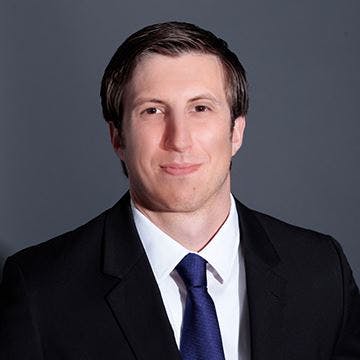
Robert Igleheart
Rouda, Feder, Tietjen & McGuinn

